Blogs and Free Resources
Here at °ÅÀÖÊÓƵ, our mission is to provide professionals like you with FREE practical and valuable tools, strategies,
and resources to assist with the great work you do. Find expert tips, helpful worksheets, demonstration videos, CE, news,
and more here. Happy learning!
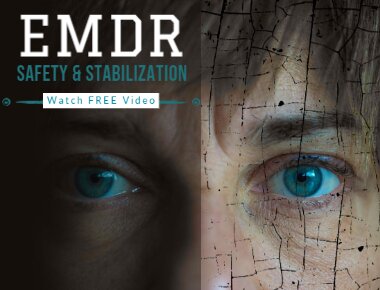
EMDR: Safety and Stabilization
When and with whom do we use EMDR?
In addition to improved practice outcomes, effective integration of EMDR can lead to the long-term trauma resolution that your clients so desperately desire. But we need to stop and ask: when and with whom do we use EMDR?

The Importance of Differential Diagnosis
Plus Earn 1 Free CE Hour on DSM-5® Differential Diagnosis for Clients with a History of Trauma
Learn how to make differential diagnoses for clients with a history of trauma and why it matters.
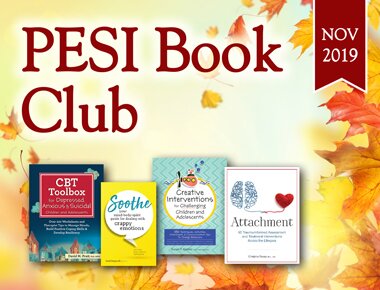
°ÅÀÖÊÓƵ Book Club: November 2019
Four best-selling titles for your November reading list.
This month's suggested reads include four books to help manage challenging emotions and behaviors.

Taming the Wild Things
Helping anxious kids and those trying to shield them from feelings of fear, insecurity, uncertainty, or discomfort.
Lynn Lyons, LICSW, shares how to override the demanding voice of anxiety.

Rewire the Anxious Brain
Don't approach treatment with one hand tied behind your back!
Anxiety disorders are some of the most common difficulties we deal with as therapist, but most of us are approaching treatment with one hand tied behind our back.
That's why Catherine Pittman, PH.D., HSPP created this FREE worksheet Identifying Anxiety-Igniting Thoughts to help your clients find relief faster.
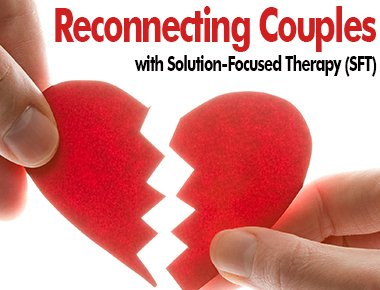
Reconnecting Couples with Solution-Focused Therapy
Solution-Focused Therapy helps clients recognize their internal resources, identify personal strengths and build on what is already working for them.
Elliott Connie — Designed to complement any therapeutic framework, the Solutions Focused Therapy (SFT) approach engages and activates clients to make a change, whether they are new to therapy or have found themselves "stuck" in the therapeutic process.
The SFT approach helps your clients identify, create, and live the kind of life they've been longing for.

Don’t Struggle with Destructive Behavior in Clients
FREE Video & Behavior Analysis Worksheet
Lane Pederson – International trainer and author shares his FREE Behavior Analysis in a video demonstration and worksheet download to show you how you can engage your clients, how you can help them understand what's behind these behaviors, and more importantly, how you can use this awareness to help them to change.
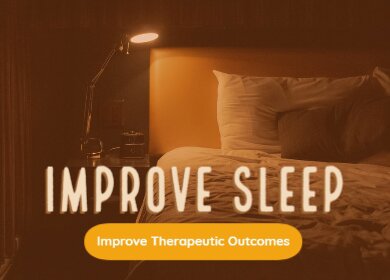
Slumber Smoothie Recipe
Get your therapeutic goals back on track with this FREE Recipe
Leslie Korn – When our clients aren’t sleeping well at night, it can slow or even halt the therapeutic progress. But there are safe natural and holistic approaches we can use with our clients to help get our goals back on track.Help your clients sleep throughout the night with the Cherry Smoothie Slumber recipe.
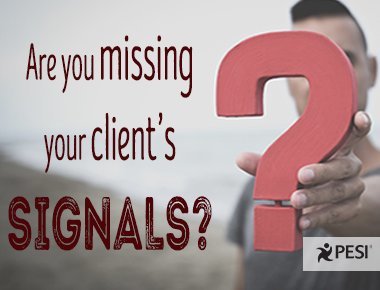
Are You Missing Your Client's Signals?
3 ways to increase your sensitivity to nonverbal shifts.
By Steve Andreas - Getting immediate, nonverbal feedback from clients is essential to knowing how they’re responding in a session, and in maintaining the therapeutic relationship, which research shows is essential for successful therapy. Here are three strategies to increase your sensitivity to nonverbal shifts.

Calm Your Mind
FREE Video & Infographic
When your clients are agitated or distracted, use this simple CALM whole-body method to help them regulate their mind and body, so they can focus on the work necessary for healing.

